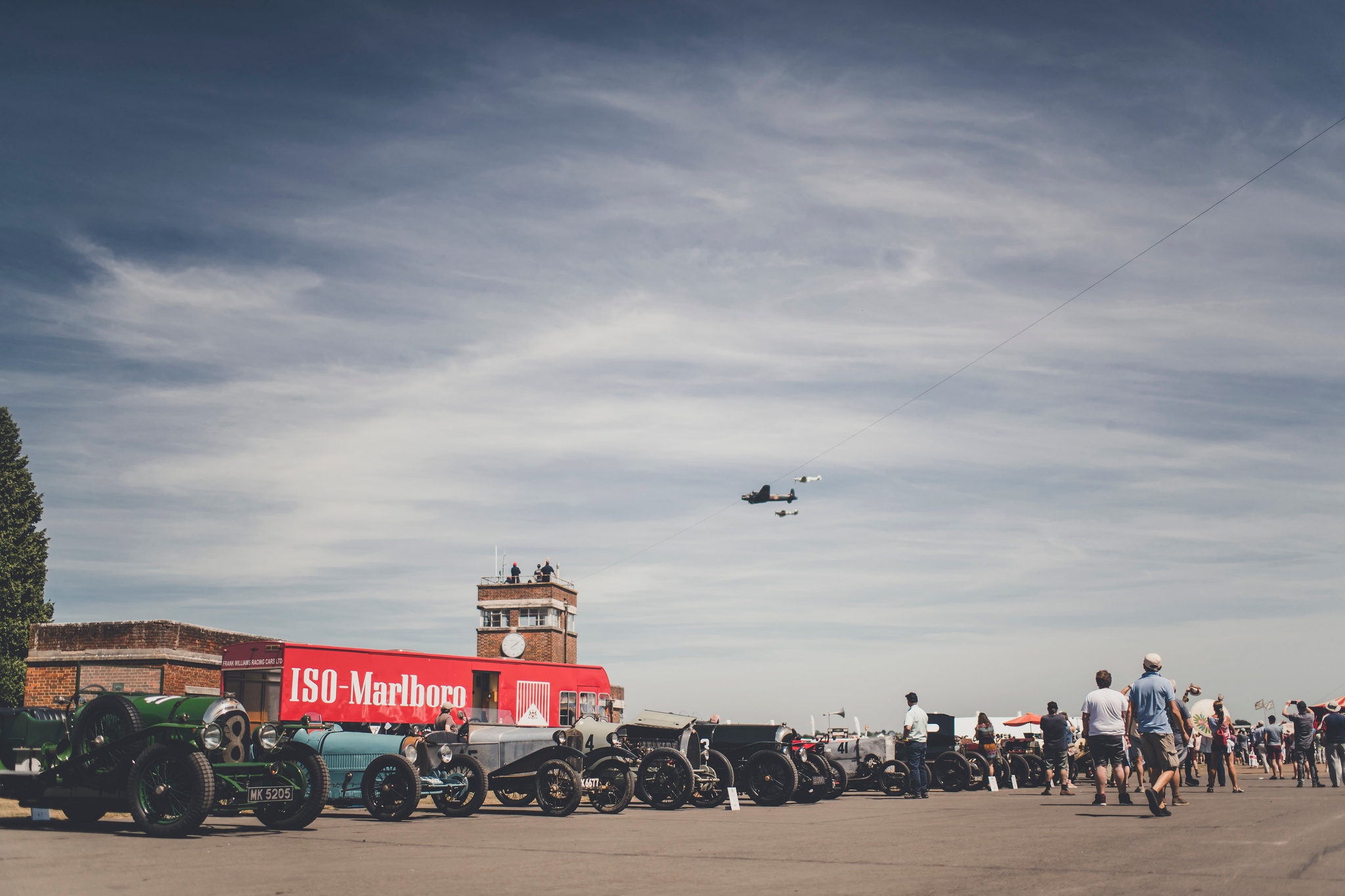Reproduction in whole or in part of any article published on this website is prohibited without written permission of The MG Car Club.
Metro Man
By Ben Hatton
Photos www.aprilbarton.co.uk
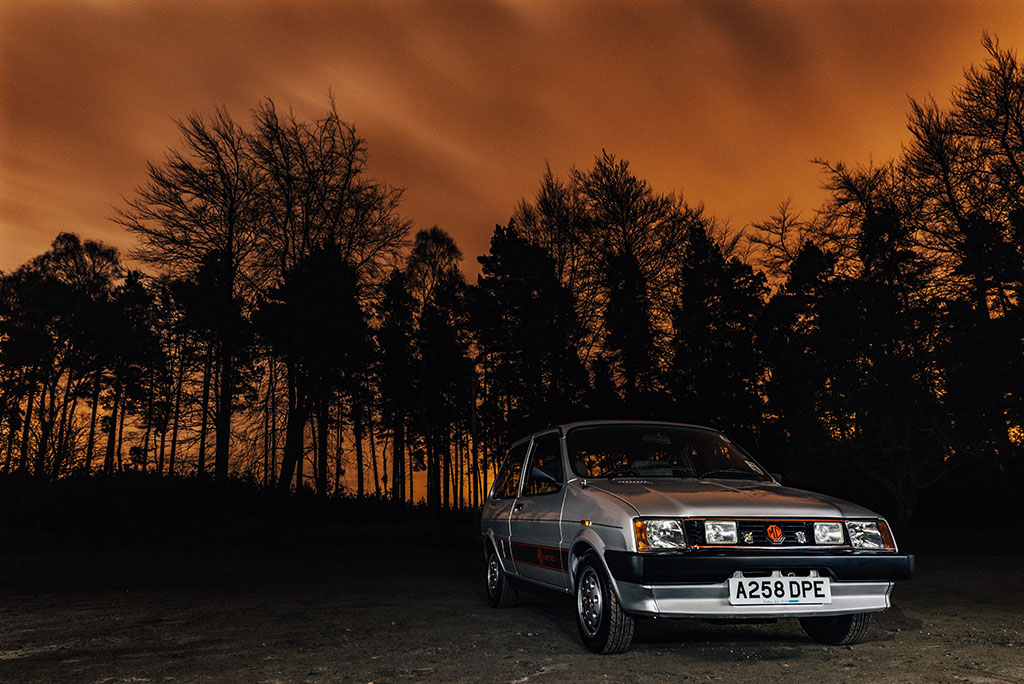
Why an MG Metro
The reason and story of how I came to own an MG Metro can be traced back to my first day of high school, back in 2008. I have always been passionate and had an interest in classic and vintage vehicles, steam engines and mechanics. Standing waiting for the bus, what should turn up but a 1970s Leyland Leopard single-decker. Sounding like nothing I’d ever heard or seen, this sparked an interest in the word ‘Leyland’. Little did I know then what that one word really encompassed in terms of all the vehicles and stories that could be applied to it. So, before I knew it, I had researched all about the cars, the, trucks, the buses and all the badges and names that Leyland could be linked to.
Fast forward five years and I’ve passed my driving test and am looking for a classic car. I didn’t care about street cred – it had to be an old British car. We had the remains of a Morris Minor van in my nan’s garage, so a Minor was a strong contender. Just prior to this I had met a Mr Lewis Parkes who owned this odd little car called an MG Metro. I had heard of them but didn’t really know much about them. However, it was solid and original and he was thinking of selling it and asked me if I was interested. At the time, I wasn’t.
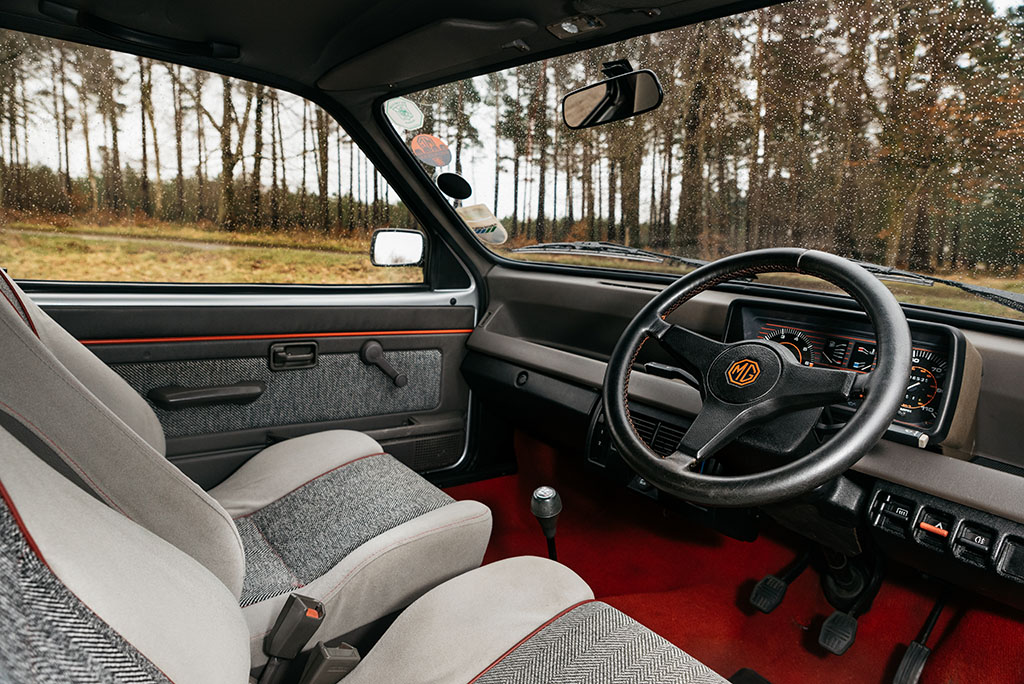
Fast forward to a Friday night in the pub. Lewis and I and a few others are having a few drinks when I overhear someone say: “Lewis, if you’re selling that Metro, I’ll have it. Fancy turning it into a track car, lower the suspension, rip the interior out…” The conversation went on like this. Since first speaking to Mr Parkes I had carried out some research on the MG Metro and realised it was rather rare, I sat with my pint and thought, that car is too good for turning into a track car. Right, my mind was made up. “Lewis… if the offer of that car is still there, I’ll have it.” There was an agreeing nod and a week or so later the car was on my parents’ drive. What had I done? Little did I know then it would be one of the best decisions I had made.
Owning the MG Metro
Say to a lot of people “I’ve got an MG Metro” and there’s a sharp intake of breath. They’re unreliable, they fall apart, they are rubbish. Have you owned one? No, I haven’t!
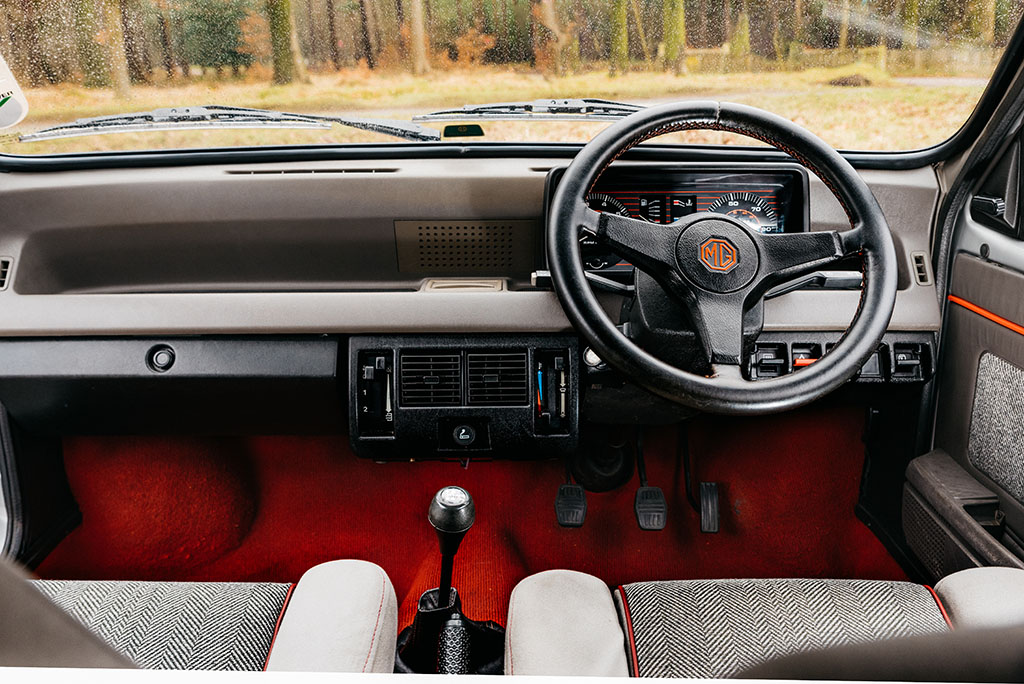
It is true that the Metro fell victim to BL’s hopeless quality control. Some cars survive well, others just rot away, but really this is the case for most cars of that era. How many Japanese or French cars do you see around now that are 30+ years old? It wasn’t just BL’s cars that rusted. The reliance on some outdated technology on the Metro does give it a rather rustic feel…the A+ Series engine dates back to the 1940’s! This works both in its favour and against it as a useable classic.
The engine is simple, relatively easy to work on and maintain, and was for me a good starting point to get my head around things like valve clearances, ignition timing, spark plug settings and general maintenance of an engine. Everything on the body work and sub-frames is bolt on and 90% of it is relatively easy to get to, should work or maintenance be needed, so again for a novice mechanic it’s a good vehicle to cut your teeth on. The absence of a fifth gear, though, does limit the car’s performance; although nippy and a really well-handling car at 60/70 mph the engine is screaming and you don’t really feel like pushing it much further.
However, it will run like that forever and a day and will return 50mpg – I’ve tested this many times. Looks can be deceptive: the car is rather spacious inside and it’s surprising how much stuff it will take. It came in very handy when it moved all my brother’s stuff into his university halls. This included two guitars, an amp, bedding and clothes. If anything, the most complicated thing about the Metro is its Hydragas suspension. Now this is where the car’s story really took off…
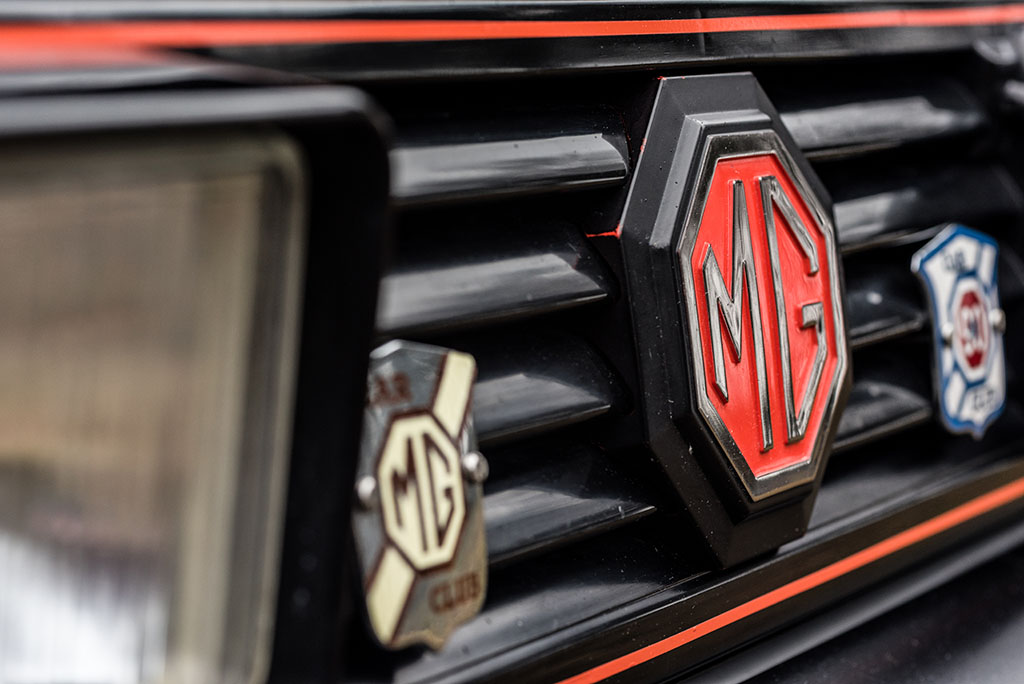
What’s all the fuss about… It’s a Metro?
The car, when I got it, was on the floor. To most people my age that’s great, but not me. It wasn’t designed to be that low, so I had to get it sorted. I tracked down a garage that could pump up the suspension. I turned up in the car and was asked within five minutes by one of the mechanics, Nigel Preston, if I would like to join the local MG Club. “We haven’t got one of these in it,” he said. Two days later I attended their weekly meet. I felt like a rabbit in the headlights in a room of around 50 people and everyone wanted to know about the Metro. This was someone who, at the time, didn’t really speak to people I didn’t know, but here I was with everyone asking questions, wanting to know about me, the car, where had I found it. I couldn’t believe it.
Before I knew it I was signed up for my first show, MG Spares Day at Stoneleigh. I did the best I could to prepare the car for its first show. The show had a surprise for me: we were positioned where the public entered and my car was one of the first you could see as you entered the hall. It seemed as though everyone just made a beeline for my car. Countless photos, people telling me “I had one of these, I haven’t seen one for years”, it was overwhelming! Really, all these stunning cars around and all people seemed to care about was this rough-around-the-edges Metro. I came away thinking maybe this is something special, but it’s looking tired, maybe I should have a go at restoring it? After a few conversations with a couple of friends and finding out that my Metro had appeared in Classic Car Weekly that was it… the Metro was getting a restoration!
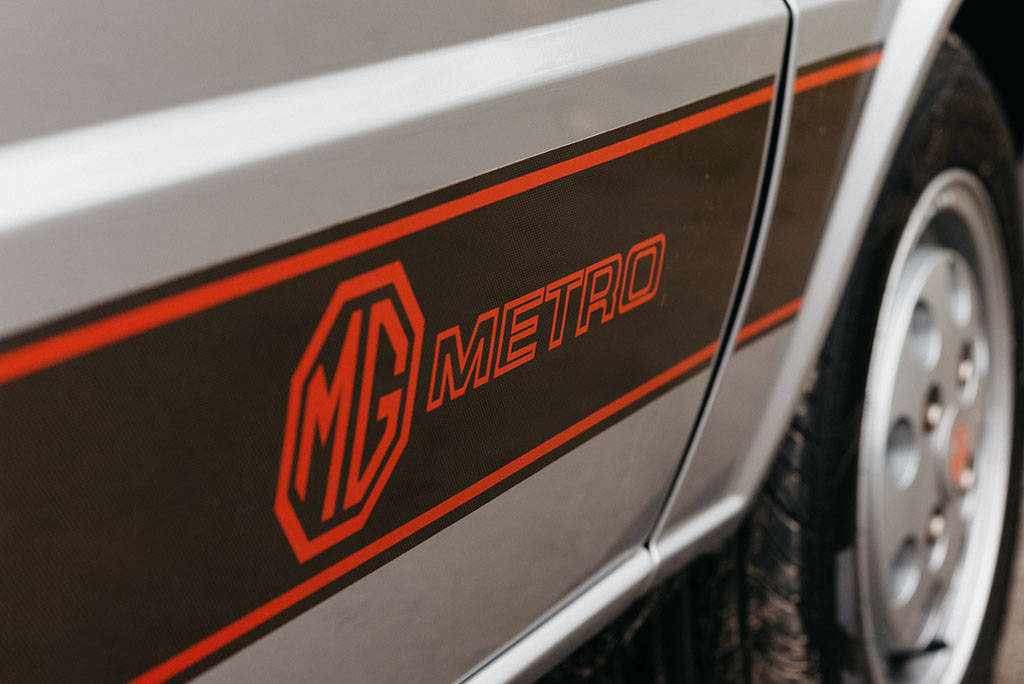
The Restoration
After 18 months of using the car as my daily run-around and attending various shows, the last show of 2014 arrived. As I pulled onto the drive after the journey home from that show there was an almighty clatter…the exhaust had fallen off! That was the signal to get the work under way. Some time previously I had met Alex Mills who offered to help me with the restoration.
So, over the next countless weekends, we stripped the car back to its bare shell. Where do I keep all these parts? Turned out to be anywhere there was space: around the house, in the shed and under my desk. I should really thank my parents for there patience, with the house becoming a parts store! During the strip-down we found only one area that required welding. A small section of the driver’s inner wing had been badly repaired. Remarkable, really, for a car with 96,000 miles on the clock. The shell and panels were sent away for painting, a job which didn’t seem to be quick in materialising.
However, this proved to be a great help as it left me the space to recondition and prepare the countless components – everything was stripped down to the last nut and bolt. This is where I need to record my thanks to a friend, Neil Wood. I would be unsure of how to go about some tasks, while Neil had for a time worked at a local breaker’s that broke countless Metros, so knew the best way around the things I couldn’t quite work out. More than once I’d phone and say: “Neil, I’m a bit stuck on this, any Ideas?” an example being, how to get the radius arms back into the sub frames without the outer sealing rings falling off! Two hours of fighting with it and I gave up. Neil said: “I’ll call in after work tomorrow, mate, and sort it.”
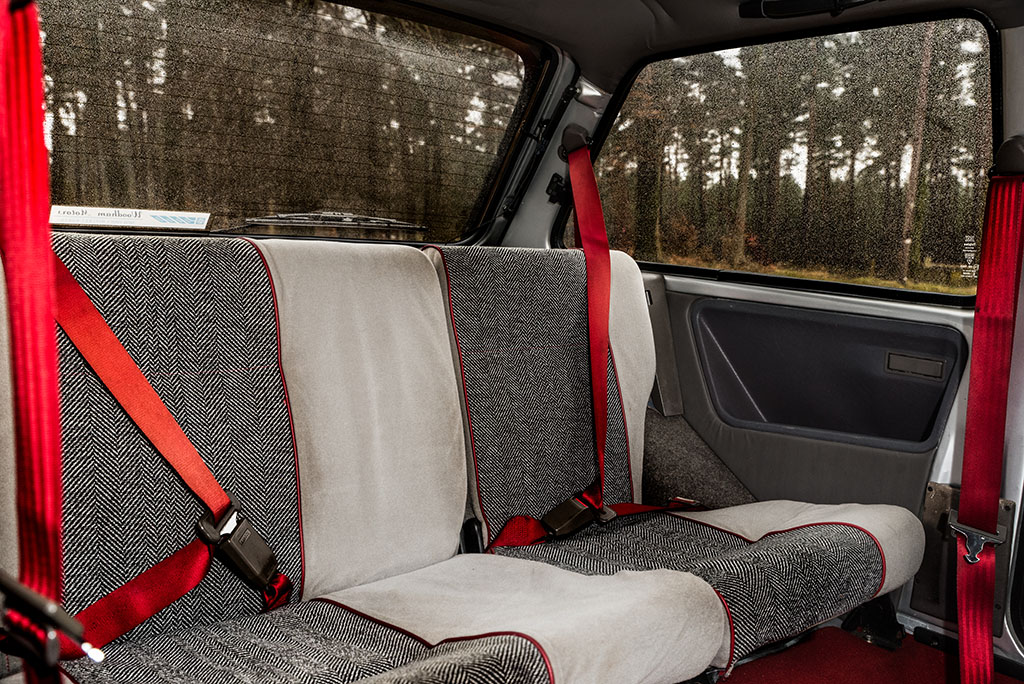
I learned a lot from Neil over the three years this project took me, although the constant jokes like “I don’t know why I’m wasting my time on this pile of scrap” caused a few laughs at my expense! So as the project progressed, I don’t mind admitting I kind of lost focus with it. I’d work on it on the odd night and weekend, but it did just sit there a lot of the time. One day in July I received a phone call from Jason Barnes of the Metro Owners Club. “Do you think you could have it ready for the NEC show?” he said. “I’ll do my best!” I replied. So that was it.
From then on I was working on it every spare night, every weekend, half hour here and half hour there, just working to get the car finished. A trip to Blackpool to collect a replacement driver’s seat from Norman Dawson helped finish the interior off nicely. The engine had been in for some time, but started for the first time around two months before the show. Before I knew it, the Metro was almost finished! A last-minute plea on the Pride of Longbridge Facebook page for someone to apply the decals was the last job to be done before the rear windscreen went in, and it was MOT test time.
The car needed to be at the NEC on Thursday and the MOT was on the Tuesday. It really was down to the wire as to whether the MG would be there. The drive to the MOT station was an unbelievable feeling. I’d rebuilt this car and at last it was back on the road. Would she pass? I’d checked everything time and time again; I couldn’t see why not. After what felt like the longest MOT ever, the guy turned round and said… it’s a pass!! Only one thing… it’s too good for a Metro, it’s a stunner! I’d done it – three years of work signed off and sealed.
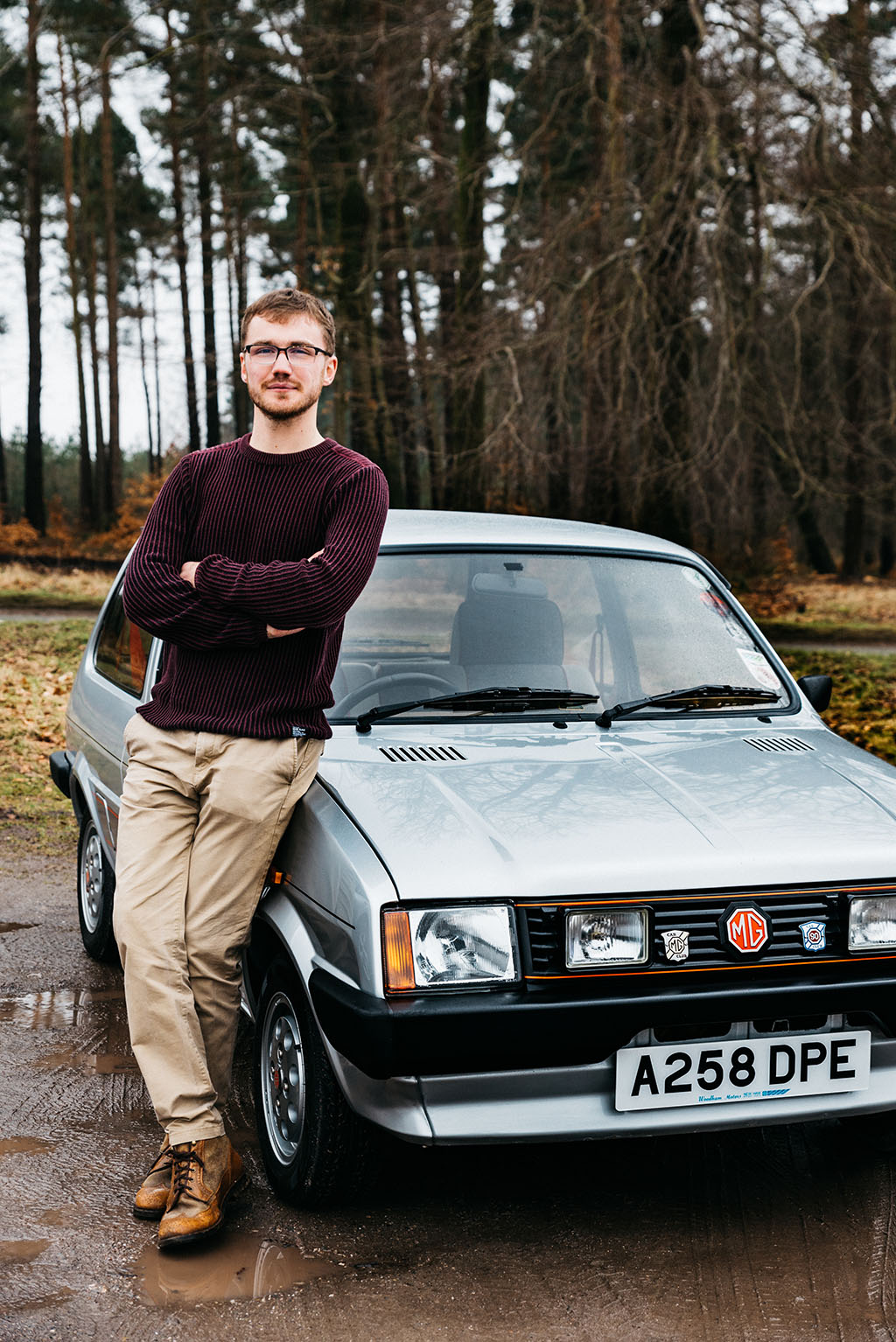
So, to the NEC she went. The reception the car received was something I was not prepared for. It seemed everyone wanted to know about it and I was left somewhat shell-shocked. It’s a Metro – what’s the fuss about? The icing on the cake was being voted into the Honest John top 10 cars of the show.
So there it is – my story of a three-year project that tested me on so many levels, but turned out to be one of the best things I have done. There are so many people I need to thank: Alex Mills, for helping with so many aspects of the project, Neil Wood, for technical advice and help, Colin Corke, for advice on what the car would have had from new and a few parts along the way, but most importantly my parents, Lynne and Martyn.
Their tolerance with me turning the house into an Austin Rover parts store for three years has been pretty helpful! Doors in the spare room, wings under the bed and a steering column under my desk gives you an idea of the situation. Even they now admit it was all worth it.

 MG Car Club
MG Car Club